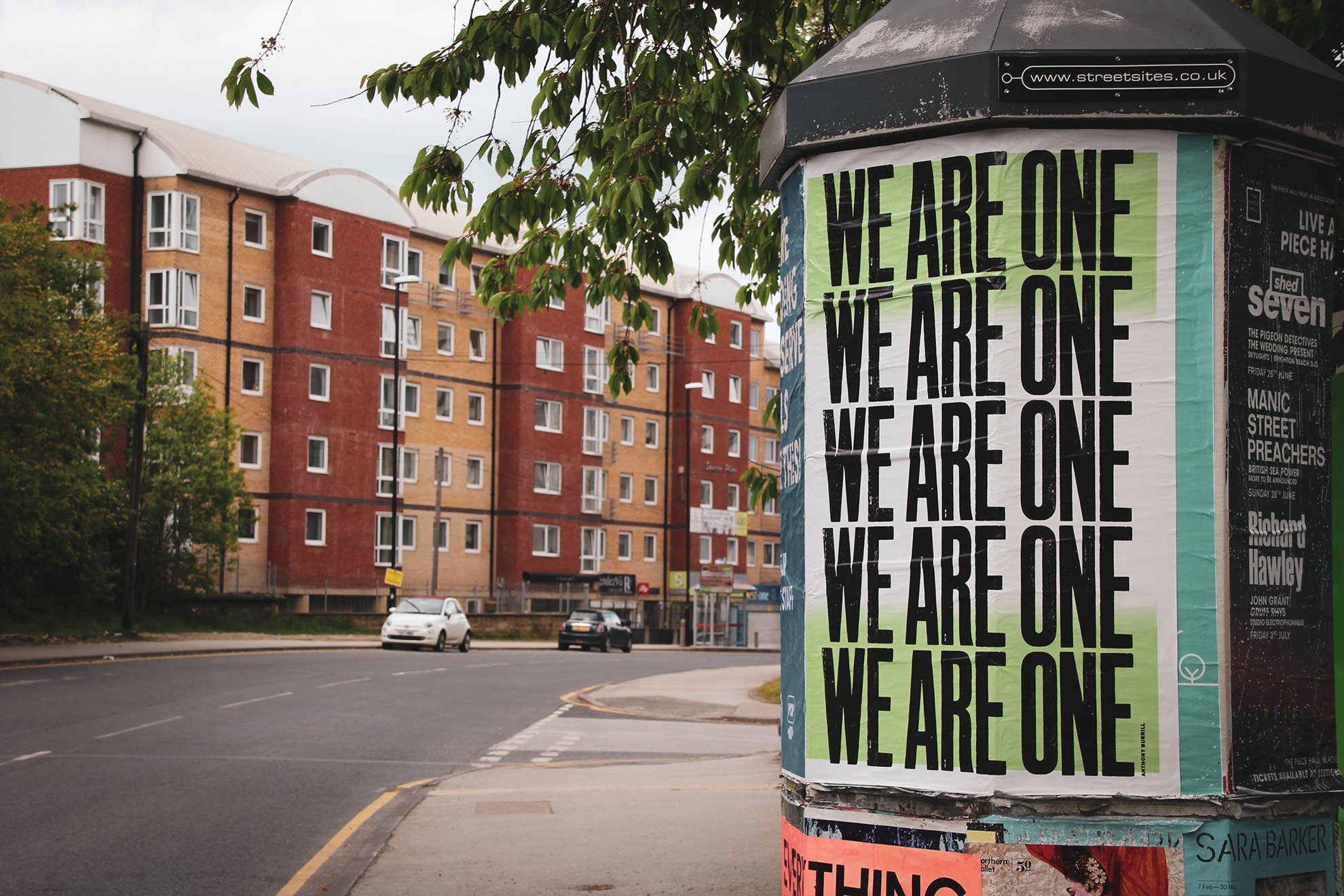Numerous studies have shown that diversity and inclusion in the workplace often result in high performing teams, better decision-making and business success, and a happier and healthier work environment. These impacts of diversity, in turn, are now also linked to an increase in innovation, according to a new study with a focus on the pulp and paper industry by North Carolina State University (NCSU).
What are diversity and inclusion?
Diversity is often simplified as a gender, nationality or age issue. But there are many invisible factors in each individual’s background, including work history, personal experiences, and native language, for example.
“There are stereotypes, prejudices and personal experiences that may be difficult to recognise, but which affect our decisions and behaviour”, says Marju Luoma, VP of HR, UPM Biorefining.
Sometimes “inclusion” gets confused with diversity and the two words may be used together. However, diversity refers to difference, and inclusion means our ability to include difference.

Diversity in the pulp industry can bring forward great innovation. Photo credit – Matt Ridley, Unsplash
Diversity and innovation in the pulp industry
Diversity and inclusion are the foundation for creativity in an organisation, and creativity is a prerequisite for innovation.
“Diversity of thought comes from people from all walks of life with various experiences and backgrounds. An inclusive work environment maintains a climate of trust, openness and respectful communication,” says Marko Hakovirta , Professor of Sustainable Business and Bioeconomy at NCSU and one of the authors of the recent study on the importance of diversity for innovation in pulp and paper industry.
Innovation is a highly cross-functional and multidisciplinary process and demands various disciplines, educational backgrounds and understanding of the local markets and culture, Hakovirta notes. A well-functioning team with diversity of thought and an inclusive work environment can make anything possible.
For Luoma, it’s obvious that diversity leads to innovation.
“If diverse viewpoints are listened to in the discussion, decision-making and creation process, then the outcome is better. For me, it’s self-evident that if there’s only one single viewpoint, then we’re going to miss out on important ideas,” she explains.
Additionally, diversity and inclusion are linked to improved recruitment and retention of top talent, factors that are an essential part of innovation. Luoma points to several studies that make this point. One from Harvard Business Review found that companies that embrace diversity and inclusion have both 19% points higher innovation revenue and 9% higher EBIT margins. Another study from Accenture concluded that an innovation mindset is six times higher in the most-equal cultures than in the least-equal ones and that heterogeneous teams solve complex tasks better and are more creative than homogeneous teams.
Hakovirta says his own experience and research back up those assertions.
“Having led innovation and sustainability for more than 20 years, I have seen the true value of diversity and inclusion. The bioeconomy is global and therefore many of the growth opportunities are not in the local, traditional markets. Operating in a global setting demands cultural competence, understanding of consumers and their behaviour, and calls for the ability to tap into the global innovation ecosystem, including universities and start-up companies. High performing organisations embrace diversity and inclusion as a prerequisite for success,” Hakovirta explains.
UPM is taking those lessons to heart. For example, the company has Pulp R&D and Technical Customer service teams in three countries and continents: Finland, China and Uruguay.
”This is a clear asset and strength for us, and we consciously use the different diverse backgrounds of the teams and team members to have multiple views included in the work, which eventually brings more innovative ideas,” Luoma says.

Only by working together can diversity flourish. Photo credit – Garry Butterfield, Unsplash
How companies can promote diversity
Actively developing an inclusive culture and a work environment that celebrates diversity in its many forms should be a focus for any company. Inclusion is the path to diversity because it creates an environment where diversity can flourish.
“In this context, cultural literacy and respect for different backgrounds and the diversity of thought is critical. As always, leadership at all levels of the organisation needs to show the direction and walk the talk of diversity and inclusion,” Hakovirta says.
Luoma agrees. “Inclusion constitutes an environment where differences are welcomed, valued and embraced, and all people have a positive impact,” she says.
“Though the road to true diversity and inclusion is not always an easy or smooth process, the benefits are more than worth it. The first thing every company needs to do is to understand that employees and management will need to put in effort into working together and understanding the other view points.”
UPM, for example, invests in people development and building varied competencies via programs like work rotations and ensuring that every salaried employee keeps their individual development plan up-to-date in order to expand their horizons and career opportunities. The company is also applying a human-centred change management approach and people processes are developed based on employee experience. Diversity and inclusion are included in leadership development programmes and they are also tracked and measured as part of employee engagement survey.
“I’d like to emphasise the importance of creating an inclusive culture where you’re really willing to listen to people and take other perspectives into account and challenge yourself and your own thinking. The more ideas you have, the bigger your chances of being an enterprise with truly innovative ideas,” Luoma concludes.
Text: Maria Stambler
